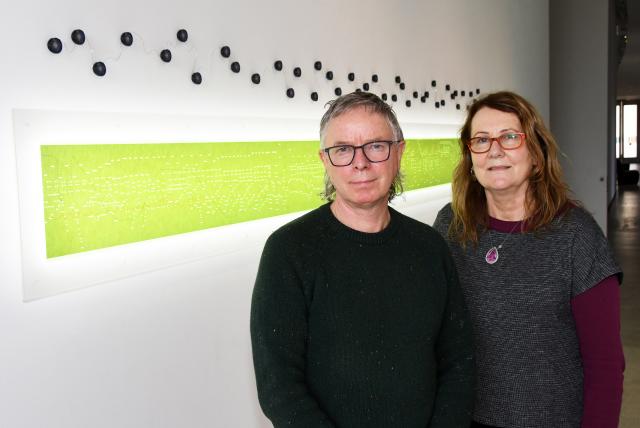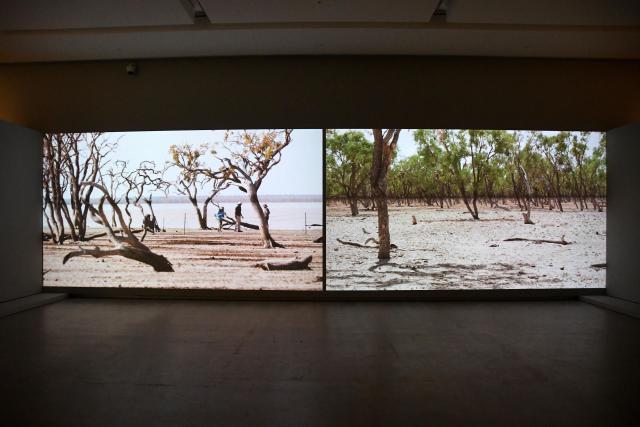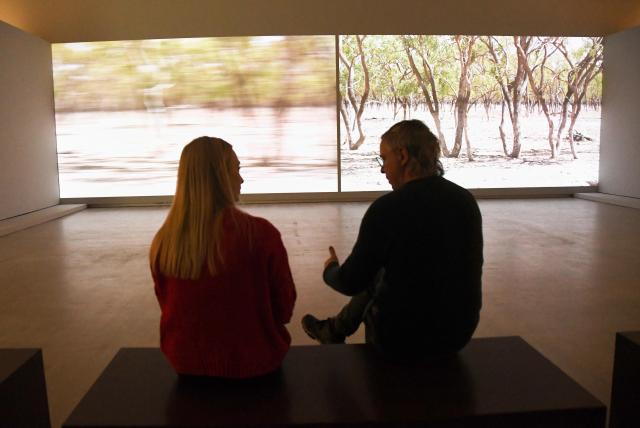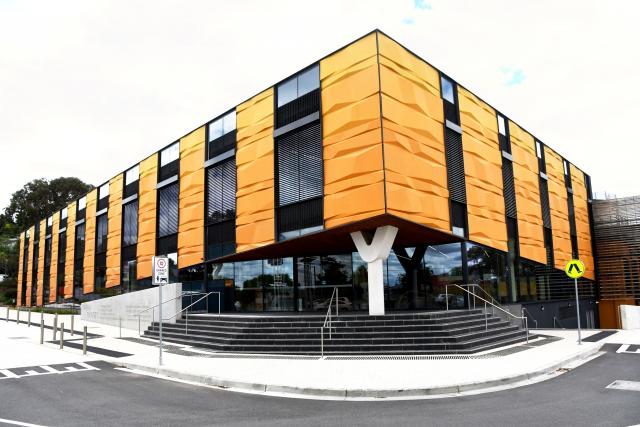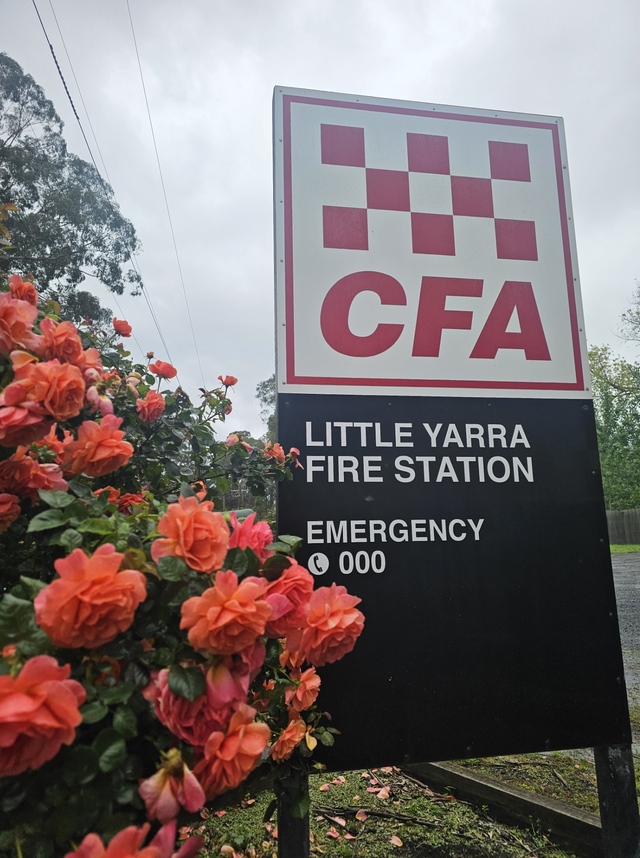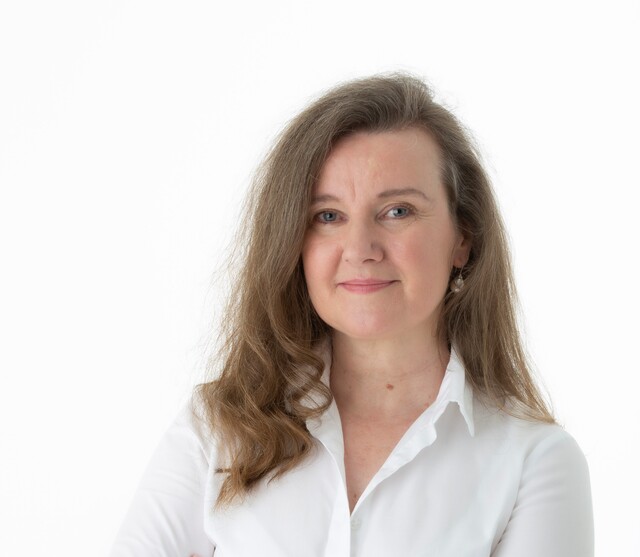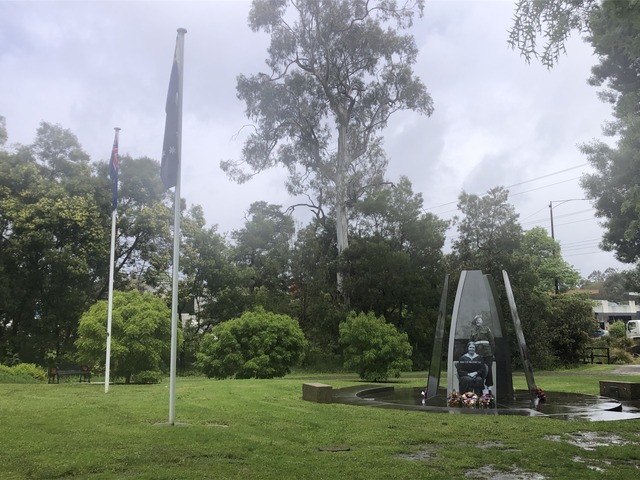Sound is a peculiar sense, constantly around us, whether that is through the way we talk, an animals growl or even objects like a car driving past. Sound is one of our five senses but it’s something that you might not often see explored through an artistic lens.
It’s something that artist Sonia Leber and David Chesworth are inspired by with the pair using sound as a tool for exploration and discovery within a new exhibit at Tarrawarra Museum of Art.
Where Lakes Once Had Water showcases sound through sculpture, video and audio mediums, while another exhibit, Rhythms of the Earth, is showing alongside it which is re-stimulating pieces from the museum’s collection.
Where Lakes Once Had Water is a feature two-screen 28 minute sound and video work that was produced from the artists joining a data collection journey with environmental scientists.
In 2018 and 2019, Leber and Chesworth joined the scientists who were investigating changes in the climate, landscape and ecology in the Northern Territory and as they were collecting data on the landscape – they were collecting the sound and vision from what was unfolding.
The exploration took them to the lands and waters of the Mudburra, Marlinja, Jingili, Elliot, Jawoyn and Larrakia communities in the Northern Territory, through environments which were both arid and green.
The artwork was also the inaugural art commission of the Australian Research Council Centre of Excellence for Australian Biodiversity and Heritage (CABAH) and was commissioned in association with Bundanon.
We often read or discuss data, however the video shows the audience what data looks and sounds like, as viewers listen to the soundtrack created by the gathering of data.
A lot of the sounds are derived from the electromagnetic spectrum which are captured by electronic tools and devices back in the laboratory.
While the sounds from physical collection, such as drilling into the earth or setting up microscopic slides, take on the form of their own instrument.
“I think people are playing the surface, seems like that they’re prodding it, digging into it – like literally playing it like an instrument or seeing what it gives up. So, there’s a human restlessness about prodding the Earth,” Chesworth said.
A second series, Sound Before Sound, is also on display, highlighting an assortment of sound ‘archivists’ through a piano score card, the collection of sounds at the Powerhouse Museum and the lyrebird, an absorber of sounds in its own right.
“It’s like this human desire that we want to understand the world. We have our inner selves that we know and know we’ve got this fascination with wanting to understand everything that’s beyond us,” Chesworth said.
“Artists frame the world in a particular way to show aspects of it that people might not consider.”
The sound works provide an experiential and sonic atmosphere for the museum collection’s exhibit, which features pieces that give insight into the earth’s restlessness and different ways artists have interpreted the climate and environment around them.
Waanyi Artist Judy Watson paintings also support Leber and Chesworth’s works which are a collection of pieces that were created in 2016 that depict aerial shots of local mountains in the Yarra Ranges.
Curator Victoria Lynn said the idea of archives and collection is the undertone of both exhibits.
“They’re interested in the archive, the idea of collecting, so the lyrebird collects sound, the Powerhouse Museum collects sounds of objects, the scientists collect soil samples and then the museum collect,” Ms Lynn said.
“So in a way putting the shows together, it was much about collecting and why we collect and the purpose of collecting as it is about relating to the landscape.”
Both exhibits open Saturday 20 July at Tarrawarra Museum of Art.

